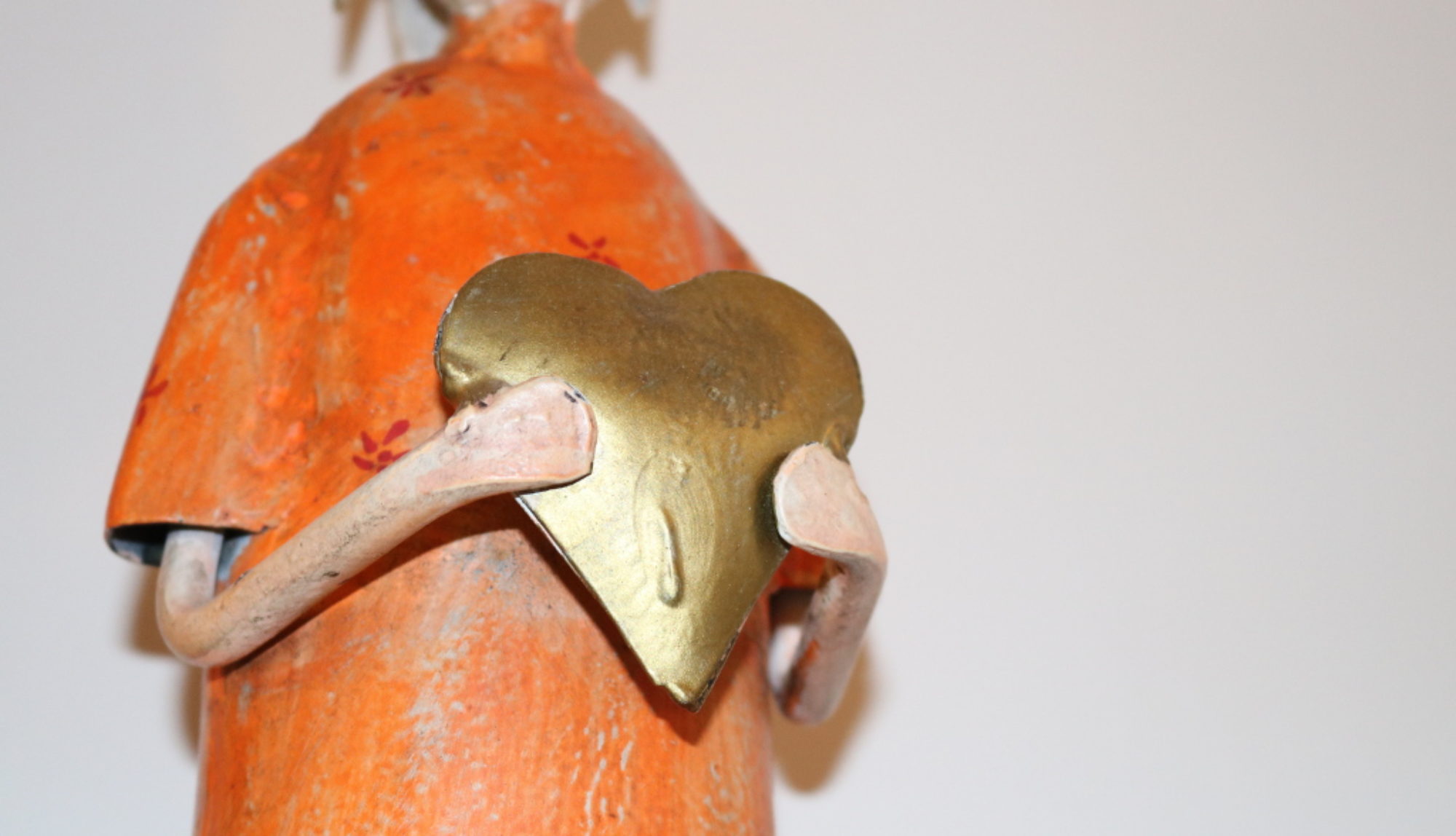“Osteopathy is an art that leads the organism to self-correction.”
In order to normalize the disturbed mobility in the different body regions, various osteopathic techniques are used. These techniques are used, for example, to normalize the disturbed joint function (spine, extremities) with the associated muscles and vision (parietal osteopathy). In addition, osteopaths also use special techniques to influence the internal organs (visceral osteopathy). Other special techniques are used to influence the cranio-spinal-spinal- sacrum system.
These mentioned systems are the pillars of osteopathy. They influence each other and are dependent on each other. Therefore it is sensible and indispensable that they are not operated therapeutically separately from each other and without consideration of the overall concept.
The manual techniques of osteopathy are always adapted to the individual anatomical conditions of the patient.
Osteopathic treatment gives the human body the basis for self-regulating to regain its individual functional balance.
Techniques
The osteopath regards the human being as an inseparable unit whose individual parts are connected by a fine network of thin connective tissue sheaths that communicate with each other even over long distances. In order to correct malfunctions of the locomotor system, the nervous system or individual organs, osteopathy makes use of various grip techniques, which are usually commonly described as “soft” or “gentle”.
Muscle energy techniques can release blockages by careful contraction and bring joints back into their normal position.
Myofascial techniques improve blood circulation in tissues and thus increase the mobility of entire muscle groups.
Jones’ techniques permanently relax muscle and tendon points that are prone to pressure pain.
With structural techniques, including manipulations such as those used by chiropractors, joints in the spine and extremities can be reached.
Visceral techniques can influence the position, mobility and thus the function of internal organs.
Craniosacral techniques affect the skull (especially cranial bones, cranial sutures and blood vessels), the spine up to the sacrum, and the brain and spinal cord with the associated fluid and membranes.
A basic distinction is made between direct methods and indirect methods. In the first case, work is done against the restriction of movement, e.g. a shortened muscle is stretched. In the second case, for example when a patient is in great pain, the osteopath proceeds with the restriction of movement and very slowly penetrates into freer areas.
From the patient’s point of view, the indirect method is particularly beneficial and gentle.
Both times, the osteopath makes “movement suggestions” to the sick body with his hands and waits for his response.
Diagnostics
Normally the body is an active whole that regulates itself. But the unstable balance, which we call healthy, is disturbed by adverse influences. Constant overloading, accidents or even mental stress lead to “osteopathic injuries”, which do not necessarily have to be accompanied by pain. However, they always show up as too much or too little movement in the tissue.
The osteopath can feel such changes in mobility with his hands. The aim of the examination is to detect or palpate the functional disorder, the disturbed mobility of the structures. The prerequisite for this is not only a comprehensive knowledge of the structures (anatomy) and function (physiology) of our body, but also many years of practical training in order to learn the examination techniques and to be able to use the hands as “tools” in a sensitive way.
However, before treating the patient, he takes an anamnesis (medical history). The results of the detailed examination in lying, walking and/or standing position are then used to determine the individual therapy.
